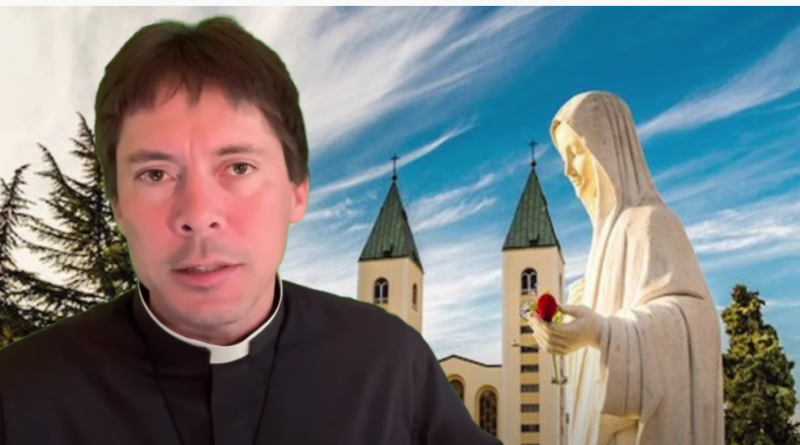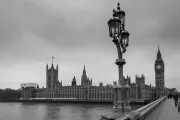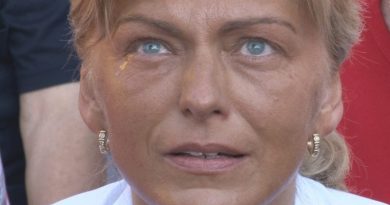What’s Up With Medjugorje? – Fr. Mark Goring “Executive Summary”…” Has been chosen as a Marian Shrine to Pray the Rosary to end the pandemic.”
The reputed apparitions began on June 24, 1981, when six children in Medjugorje, a town that was then part of communist Yugoslavia, began to experience phenomena which they reported to be apparitions of the Blessed Virgin Mary.
According to the alleged seers, the apparitions contained a message of peace for the world, a call to conversion, prayer, and fasting, as well as certain secrets surrounding events to be fulfilled in the future.
The purported apparitions at the site have been a source of both controversy and conversion, with many flocking to the town for pilgrimage and prayer, with some people claiming to have experienced miracles and others concluding that the visions are not authentic.
In January 2014, a Vatican commission ended a nearly four-year-long investigation into the doctrinal and disciplinary aspects of the Medjugorje apparitions and submitted a document to the Congregation for the Doctrine of the Faith.
Pope Francis visited Bosnia and Herzegovina in June 2015 but declined to stop in Medjugorje during his trip. During his return flight to Rome, he indicated that the process of investigation was nearly complete.
On the return flight from a visit to the Marian shrine of Fatima in May 2017, the pope spoke about the final document of the Medjugorje commission, sometimes referred to as the “Ruini report,” after the head of the commission, Cardinal Camillo Ruini, calling it “very, very good,” and noting a distinction between the first Marian apparitions at Medjugorje and the later ones.
“The first apparitions, which were to children, the report more or less says that these need to continue being studied,” he said, but as for “presumed current apparitions, the report has its doubts,” the pope said.
The pope launched the prayer marathon on May 1, when he led the rosary in St. Peter’s Basilica. The initiative will end on May 31 with a rosary in the Vatican Gardens.
The first shrine to lead the rosary was Walsingham in England, followed by the shrine of Jesus the Savior and Mother Mary in Elele, Nigeria, on May 2, the shrine of Jasna Góra in Poland on May 3, and the Basilica of the Annunication in Nazareth, Israel, on May 4.
Pope Francis sent a message last August to an annual youth meeting in Medjugorje.
“The great example of the Church that is young in the heart, ready to follow Christ with new freshness and fidelity, always remains the Virgin Mary,” the pope said.
“The power of Her ‘Yes’ and Her ‘Let it be unto me’ which she said before the angel, delights us at all times. Her ‘Yes’ means to participate and take risks, without any guarantee except knowing that she is the bearer of the promise. Her ‘Behold the handmaid of the Lord’ (Luke 1:38), the most beautiful example that tells us what happens when a man, in his freedom, surrenders himself into God’s hands.”





